Lowe Art Museum. From June 22 through October 21, 2012.
Opening reception: June 22, 2012. 7:00 p.m.
 Curated by Lowe Art Museum Director and Chief Curator, Brian A. Dursum, this exhibition features 225 mixed media works, and is drawn entirely from the permanent collection of the Lowe Art Museum, University of Miami. It will feature paintings, sculpture, prints, ceramics, and lacquer from the 17th-early 20th century. Themes of the exhibition include the influences outsiders on Japan during this time. Europeans and countries like China and Korea left their mark on the culture, artwork, and trade. The Europeans first arrived in Japan in the early 17th century and are represented in artwork of the time period. The Chinese specifically influenced the development of the tea ceremony in Japan as well as the development of the literati or Nanga painting style and Korean influence was felt in the development of the porcelain industry.
Curated by Lowe Art Museum Director and Chief Curator, Brian A. Dursum, this exhibition features 225 mixed media works, and is drawn entirely from the permanent collection of the Lowe Art Museum, University of Miami. It will feature paintings, sculpture, prints, ceramics, and lacquer from the 17th-early 20th century. Themes of the exhibition include the influences outsiders on Japan during this time. Europeans and countries like China and Korea left their mark on the culture, artwork, and trade. The Europeans first arrived in Japan in the early 17th century and are represented in artwork of the time period. The Chinese specifically influenced the development of the tea ceremony in Japan as well as the development of the literati or Nanga painting style and Korean influence was felt in the development of the porcelain industry.
Like China, the Japanese developed a society in which artisans developed schools with disciples who followed their beliefs and adopted their family name. This is the case with the Utagawa School of printmakers as well as with many of the Nanga artists. Both printmakers and painters formed fast friendships with some of their contemporaries with whom they might exchange works of art.
Introspection and Awakening also features some early examples from the various painting schools including the official Kano school – which produced large scale works, including decorative screens, for the various palaces of the shogun and feudal lords (daimyo) of the time. Also included in the exhibition are the more popular schools, including Nanga, Rimpa, Ukiyo-e, and Zenga, which was popular with the both the samurai and the rising middle classes. A selection of over 75 woodblock prints from the 17th through the early 20th century will trace the development of this art form from the early works of Harunobu and Toyokuni to the development of the Utagawa School, which dominated the 19th century. The Japanese life style and belief structure of the period is reflected in all its artistic forms. This life style is best represented in the woodblock prints of the period, which capture the famous Kabuki actors of the period, the life in the Yoshiwara entertainment district, wrestling matches, views of daily life, and spiritual beliefs.
While the Japanese always had an artistically advanced pottery industry, which was primarily for domestic consumption, the development of a porcelain industry in the first quarter of the 17th century allowed the Japanese potters to produce porcelains for the international market for the first time. Many of these ceramics were made for the Dutch and South Asian trade. Depictions of Europeans were made as early as the 17th century in a variety of media, including woodblock prints, paintings, screens, lacquer, and netsuke.
The arrival of Admiral Perry in 1854 startled the Japanese into the realization of how vulnerable they had become. This ultimately lead to the end of Japan’s more inward or introspective Edo Period and the arrival of Meiji Period, which promoted self-strengthening, learning from the foreigners to beat them at their own game and to reverse the unequal treaties signed with the West, which initially forced pried Japan open itself to the outside world.
Lowe Art Museum, University of Miami
1301 Stanford Drive
Coral Gables, FL 33124
305.284.3535
www.lowemuseum.org

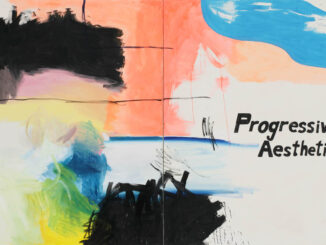
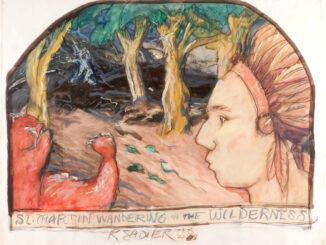
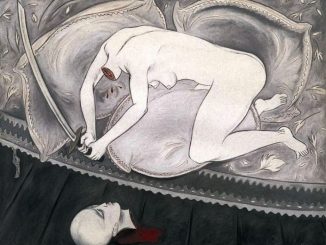
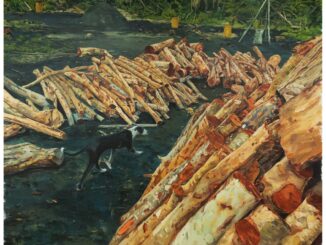
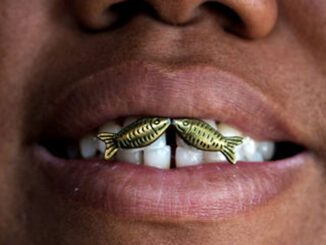
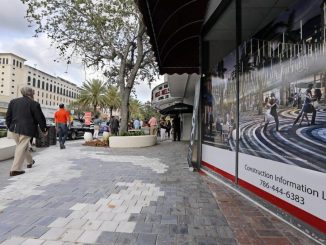
Be the first to comment